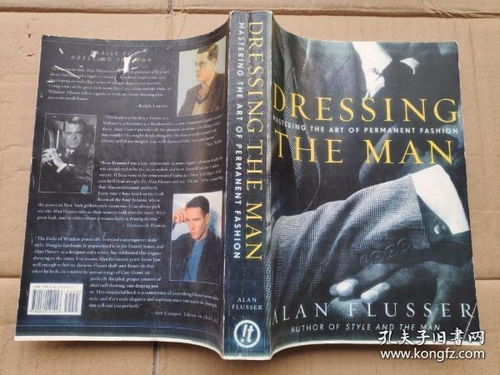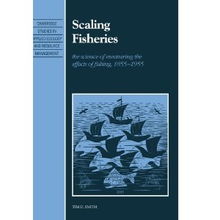Introduction:
Fishing, an age-old pastime, has captivated anglers across the globe with its simplicity and the thrill of the catch. Among the myriad of techniques and baits, the use of red worm as an attractant and the art of adjusting the float are two fundamental skills that can significantly enhance your fishing experience. In this article, we delve into the nuances of using red worm as bait and the essential steps to perfect the float adjustment, ensuring a more successful and enjoyable fishing trip.

Understanding Red Worm Bait:
Red worms, also known as nightcrawlers, are a popular choice among anglers due to their effectiveness in attracting a wide variety of fish. These worms are rich in nutrients and have a natural, earthy scent that fish find irresistible. Here’s how to effectively use red worm bait:
Selecting the Right Worms: Look for worms that are plump and active. Avoid those that are too thin or have dried out, as they may not be as appealing to fish.
Preparing the Worms: To make the red worm more attractive, you can lightly coat it with a little water or saliva to give it a more natural look and feel.
Presentation Techniques: You can either thread the worm onto the hook or use a split shot to secure it. For a more natural presentation, threading the worm onto the hook can be more effective.
Adjusting the Quantity: Use just enough red worm to cover the hook, as too much can deter fish or make it difficult for them to take the bait.
The Art of Float Adjustment:
The float, or bobber, is a crucial tool in fishing, as it allows you to detect subtle movements of the bait and the presence of fish. Here’s how to adjust the float for optimal performance:
Choosing the Right Float: The type of float you use depends on the conditions and the species of fish you are targeting. Larger floats are better for deeper waters and larger fish, while smaller floats are ideal for lighter baits and more sensitive fishing.
Setting the Float: To set the float, attach it to your line and add weight (like split shots) until the float is just barely visible above the water’s surface. This ensures that your bait is presented at the right depth.
Adjusting for Current: If you are fishing in a river or stream with a current, you may need to add more weight to keep your bait from being swept away.
Fine-Tuning the Sensitivity: To detect the smallest of bites, you may want to adjust the float so that it is very sensitive. This can be done by raising the float closer to the hook or by using a lighter weight.
Practicing the Float Adjustment: The key to mastering the float adjustment is practice. Spend time experimenting with different setups and techniques to find what works best for your fishing environment.
Conclusion:
Whether you are a seasoned angler or a beginner, mastering the use of red worm bait and the art of float adjustment can significantly improve your fishing skills. By understanding the nuances of red worm presentation and fine-tuning your float, you’ll be better equipped to detect and capitalize on subtle fish movements. So, the next time you head out to the water, remember these essential tips and enjoy a more successful and rewarding fishing experience. Happy fishing!












